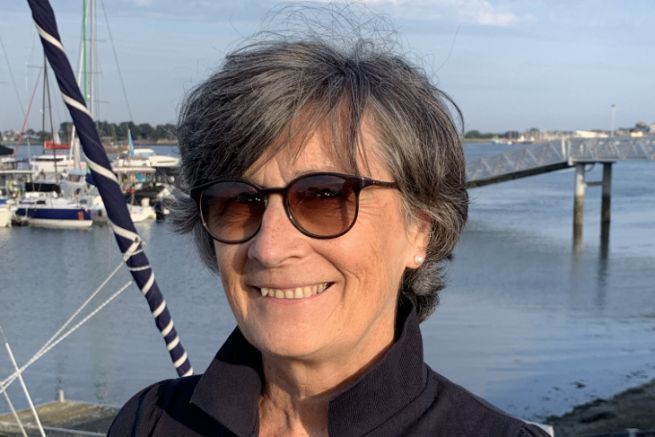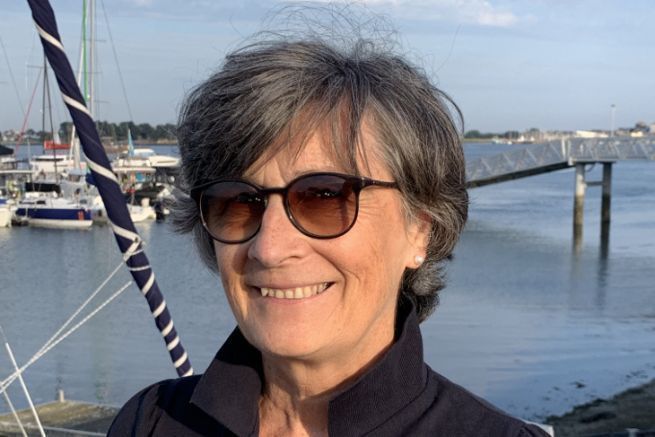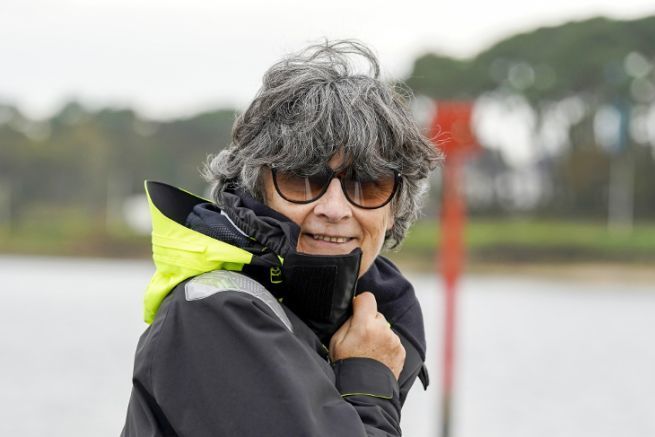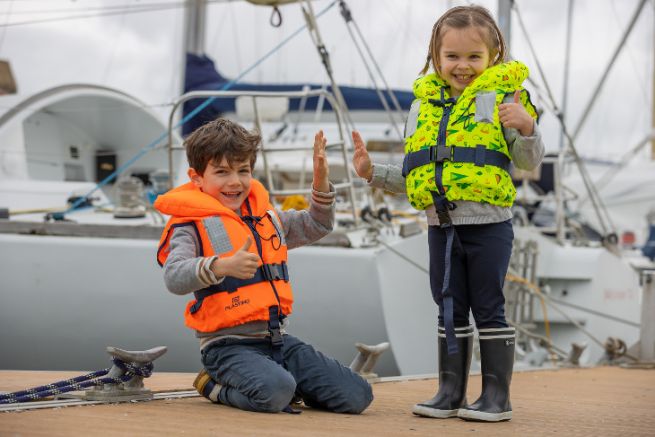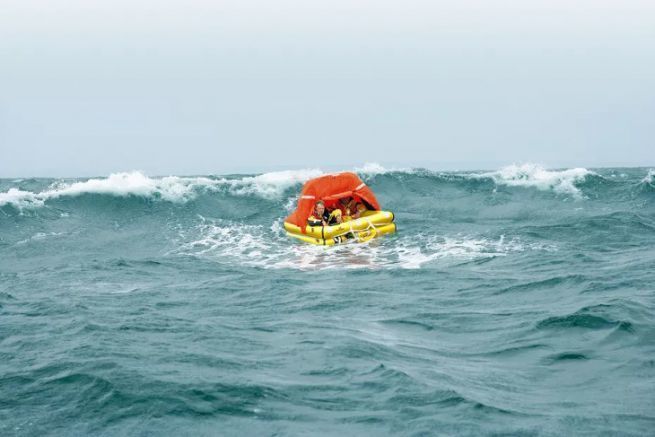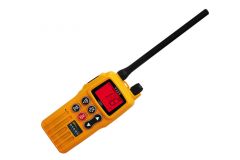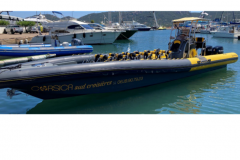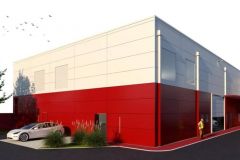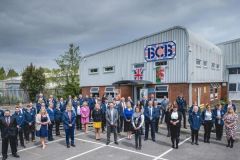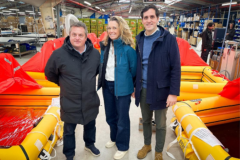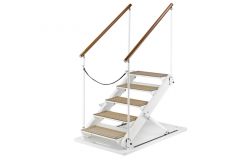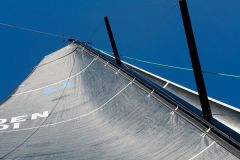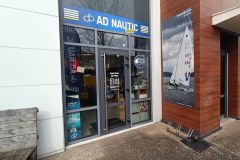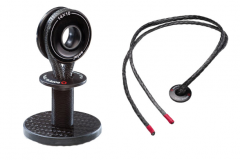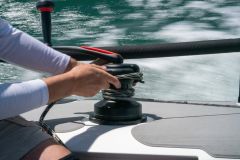Plastimo has been a key player in the French yachting industry for many years. Cathy Millien, a key member of the company for 41 years, was kind enough to come back with us on the history of the company, as she left it in spring 2021.
Can you present us the main milestones of Plastimo's history as you have lived it?
Plastimo was created in 1963 by Antoine Zuliani. The company manufactured plastic and polymer objects, quite innovative at the time. At the beginning there were mainly fenders and vests.
I was hired by the founder at the end of 1979, as an executive assistant. He had sold to the American group Johnson Worldwide Associates (JWA), the leisure division of the group known in particular for Johnson waxes. JWA also had ScubaPro, canoes and fishing reels. I was trained as a linguist and was fluent in English. Antoine Zuliani wanted to communicate more fluidly with his shareholder...

1979 is an important milestone for another reason, the launch of the first life raft with the innovative double chamber. The American period began, from 1979 to 1997, with the arrival of an American boss in 1984. From 1985 onwards, he set up the whole marketing process, with structured teams, a product manager for each range, the idea of brand work, the notion of ROI (return on investment) for new projects... These are important habits that we have been able to keep. It was at this point that I officially became head of communications. Before, we had an opportunistic communication, with an intuitive boss with a good knowledge of the market. At the same time, there was a structuring of the design office and methods. At that time, all plastic products were manufactured in Lorient. It was also the period when Plastimo bought out its international distributors in Spain, Sweden, Italy, the Netherlands... It was a real pleasure with my training as a linguist, because it was really a multi-cultural atmosphere. Already at that time, Plastimo was both manufacturer and distributor, even if the visible communication was focused on liferafts and life jackets. We were the first to market in France the DECCA, then the first portable GPS.
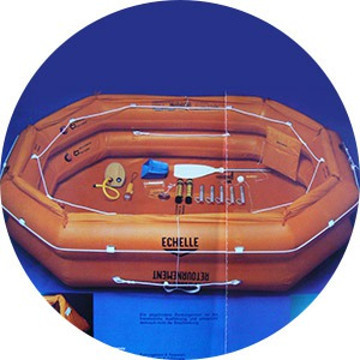
In the 1990s, Plastimo manufactured the first inflatable vest. We already had the ability to work in start-up mode, even if the word was not fashionable. There was this American culture of creating a task force, developing a project and accompanying it to its launch. You had to believe in it, because inflatable vests were not approved in France. At the beginning, sales were mainly for export, where there is no obligation to be approved and where boaters buy what they believe in. It was only when the inflatable jackets were approved in France that we were able to reach volumes on an industrial scale and there, Plastimo was ready before anyone else, a pioneer with a product that was already proven.
From 1992 to 1995, there was a big growth in exports. Then in 1997, it was the first LBO with the sale to 3I, then in 1999 purchase by Bridgepoint Capital. This marked the beginning of a period of major acquisitions, including Amiot, Nuova Rade (now owned by Lalizas), DNS, Accastillage Bernard, XM Yachting, Goiot and MaxPower. It was an exciting and exciting time to be involved. We grew quickly. At the same time, we moved into the K2 block on the submarine base. This gave us the space for all these brands. This was also the time when we created the corporate brand Navimo.
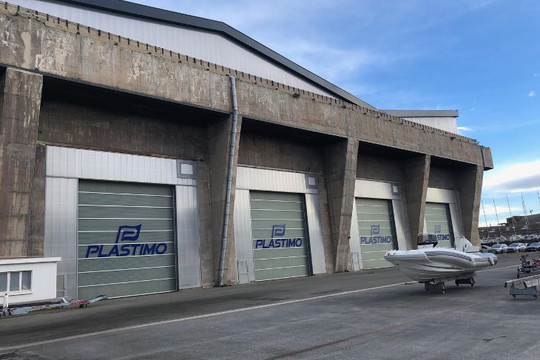
Then in 2004, we were taken over by Duke Street. We bought Lofrans. Those were great years, with the launch of many new products, but a big debt. In 2008, we opened the Romanian factory for life rafts, because we were under heavy attack from Asian rafts. In 2010, the Goiot, NuovaRade, Lofrans and MaxPower brands, which are very much oriented towards original equipment, suffered a lot from the crisis. Plastimo is the brand of the group that came out of it the best, because it is mainly aimed at the after-market and shipchandlers. It was also the moment when the logistics were moved to Lyon. The group was in a very delicate position until the takeover by the Alliance Marine group in 2012. We were relieved to see that the Plastimo brand had retained a huge amount of goodwill among boaters, despite the turmoil experienced by Navimo. In the end, as far as I am concerned, it is only 18 months of bad memories in 41 years!
Since 2012, Plastimo has been supported in its operation and growth by the Alliance Marine Group, with investments every year, the repatriation of logistics to Lorient, the purchase of Topoplastic, new buildings... At that time, we were the first manufacturer acquired by Alliance Marine, until then exclusively oriented towards distribution. A few years later, we were delighted with the arrival in the group of brands such as Ocean Safety and Typhoon with whom we share an identity of designer manufacturer, specialized in safety. It's probably also that having followed Plastimo for a few years, Alliance Marine has identified the interest of having strong brands and proprietary products, even if the vast majority of the group operates rather in distribution. Plastimo is therefore perfectly at home in the group, with this dual identity of manufacturer and distributor.
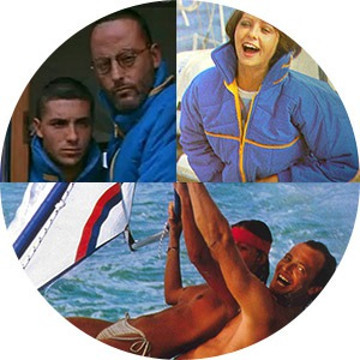
What are the periods that you enjoyed the most, or that you are most proud of?
From a professional development point of view, I loved the American era, with the creation of a marketing approach in this company. Today it's normal, but at the time, we were ahead of the boating industry. We went from a family business to a very structured SME.
If I position myself as a Lorient native, I feel a certain pride in having accompanied the local anchoring and the birth of Lorient-LaBase: we were the first company already on site, and the first to believe in the rehabilitation of the site. I liked to talk about the development of Lorient-LaBase, about the fact that the site and its racing teams bring a lot to Plastimo: it's true that the racers need companies like Plastimo (and the forty or so others) and that, on our side, we need their technical contribution, the extra inspiration that high-level racers can bring to product development. And with their records and achievements, they put the spotlight on this site and all the people who work here.
More recently and emotionally, there is the takeover by Alliance Marine. We restarted at the end of 2012 more modestly, with a reduced team that kept growing. It was the 1st time the GM was younger than me and I really enjoyed collaborating on this renewal. I think we showed Alliance Marine that the Group was right to believe in the Plastimo brand and its teams.

 /
/ 